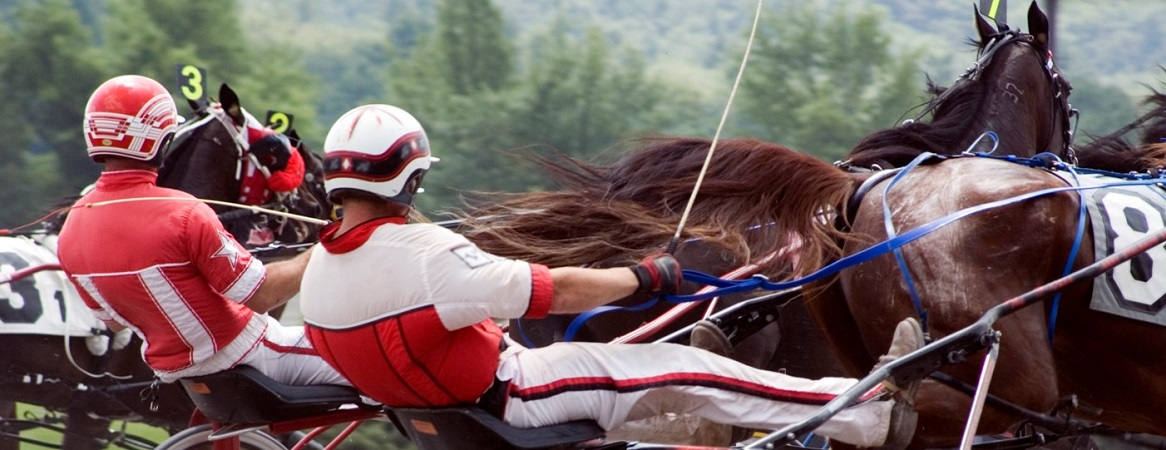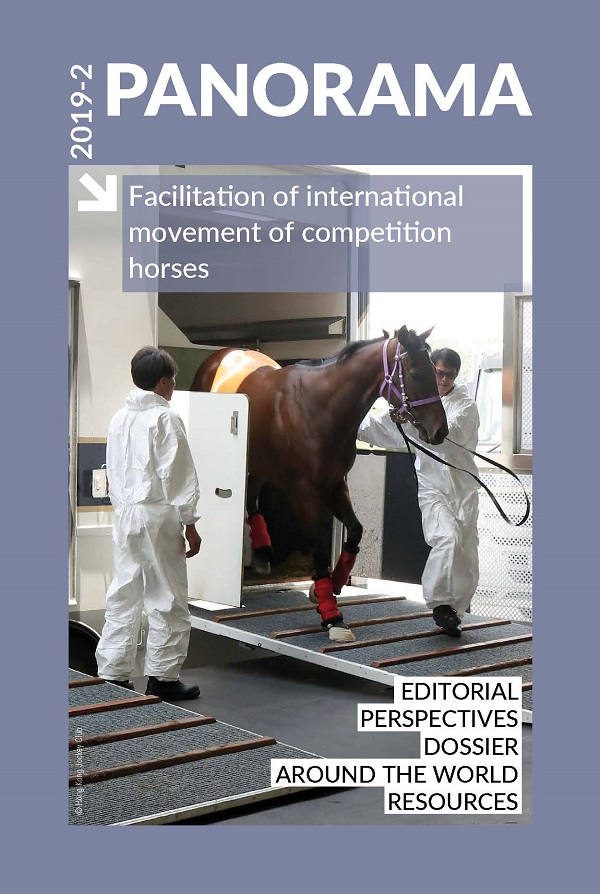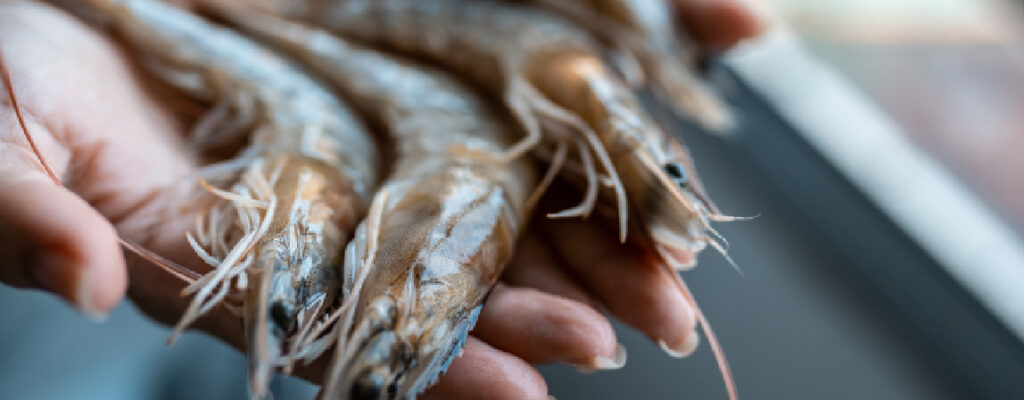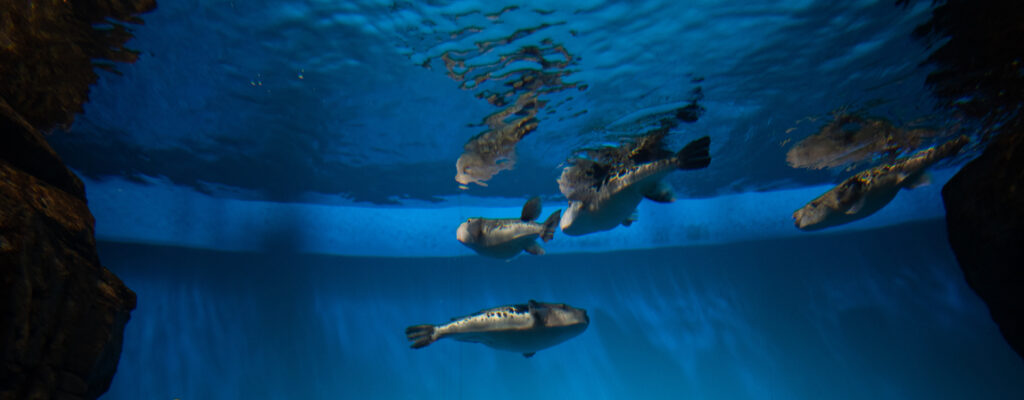Editorial Posted on 2019-10-29 19:42:19
International movement of competition horses
A successful partnership between the IHSC and the OIE
Keywords
These competitions, some of which are famous worldwide (Olympic Games, Prix d’Amérique, Prix de l’Arc de Triomphe and Epsom Derby, to name but a few), require the movement of horses around the world. As with any other movement of live animals, there is a potential risk of spreading diseases, especially as it involves animals from countries with different health statuses being temporarily brought together at a given competition venue before returning to their countries of origin. Managing these risks poses a specific problem for the equine sector and it is therefore particularly important to ensure that these sporting activities continue to take place in safety.
The specific nature of high-level equestrian competitions led the OIE and the industry to work together on standards
The application of OIE standards, namely those contained in the Terrestrial Animal Health Code and the Manual of Diagnostic Tests and Vaccines for Terrestrial Animals, constitutes the basis for managing these risks. Nonetheless, the specific nature of high-level sporting competitions and the health checks that competition horses undergo led the OIE and the horse industry to work together on standards better adapted to this specific case. The OIE–IHSC public-private partnership has been the basis for fruitful collaboration on developing alternative tools, based on existing OIE standards in the OIE Terrestrial Code (notably on zoning and compartmentalisation), such as:
- The establishment of equine disease free zones (EDFZ) for countries hosting international equestrian events and to facilitate the return of competition horses to their countries of origin;
- The ‘high health high performance’ (HHP) framework, enabling countries and regions to harmonise their sanitary requirements for the temporary importation of competition horses and their return to their country of origin.
This work is being supplemented by a programme of regional workshops and the development of teaching materials aimed at promoting the effective implementation of these tools.
The OIE–IHSC partnership also provides support for the updating of standards, including financing scientific studies to improve our knowledge of specific diseases such as glanders and relevant diagnostic tools.
The OIE encourages its Member Countries to develop public–private partnerships with the equine industry
In light of this experience, the OIE encourages its Member Countries to develop public–private partnerships with the equine industry at national and regional levels, given that effective management of risks for the temporary importation of sport horses depends on the efforts made by each party.
This new issue of Panorama provides a wealth of personal experiences and useful information to help you build a partnership along these lines. My thanks go to all the authors who have contributed to this issue – their articles are particularly instructive.
I trust that you will find it informative and enjoyable reading.
Monique Éloit
Director General
World Organisation for Animal Health (OIE)
https://doi.org/10.20506/bull.2019.2.2971












